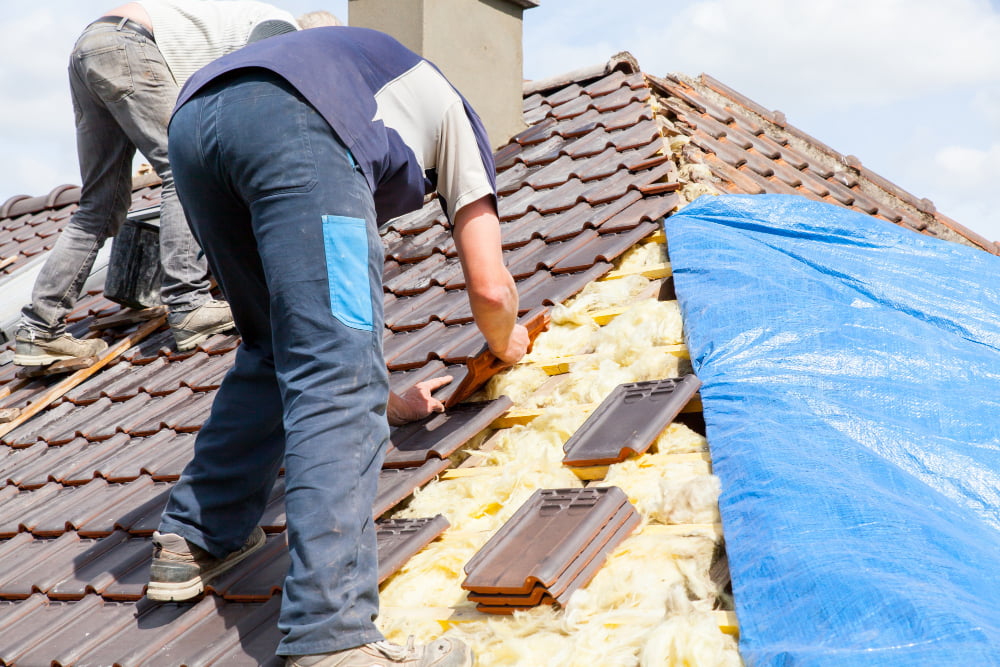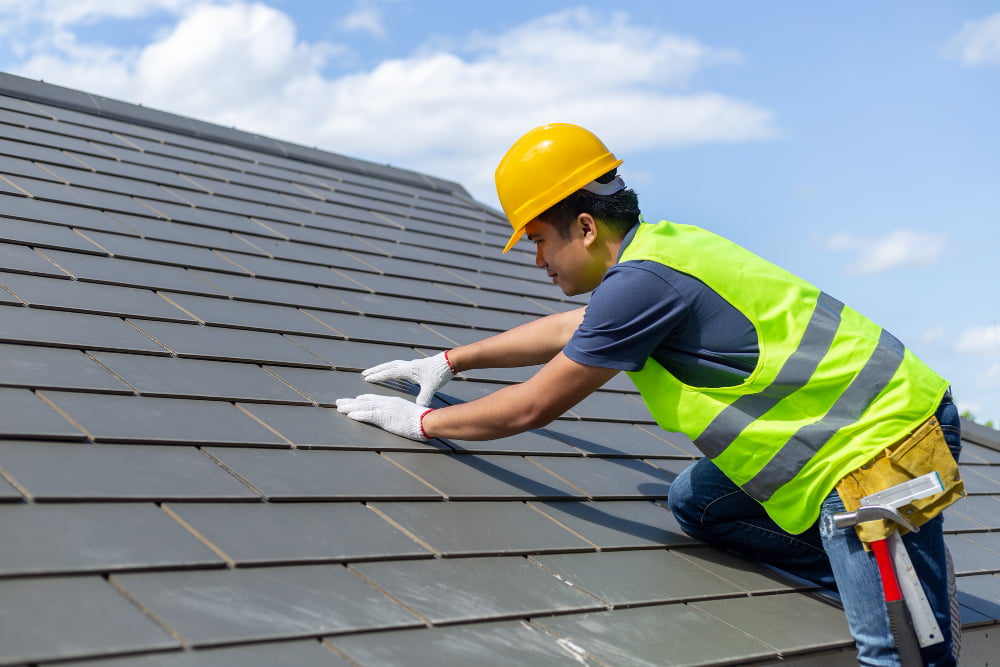Last updated on
Is your roof ready to withstand the elements? Whether it’s rain, heat, wind, or snow, your roof is your home’s first line of defense. This article is going to explore some practical ways you can boost your roof resilience, ensuring it stands strong against whatever Mother Nature has in store. So let’s strengthen your home’s protection together.
Install a Quality Underlayment

Quality underlayment is a critical component in enhancing roof resilience. Acting as a secondary protective layer, it’s installed directly onto the roof deck, beneath the main roofing materials.
The experts from https://resolveroofing.com understand how high-grade underlayment provides additional waterproofing and helps prevent damage caused by water seepage. It also prevents heat transfer, contributes to a home’s energy efficiency, and acts as a buffer against wind-driven rain, snow, and ice dams.
Moreover, a quality underlayment supports the overall roof structure, distributing weight evenly and adding durability. By investing in a top-quality underlayment, you not only prolong your roof’s lifespan but also optimize its performance against various weather conditions.
Maintain Gutters and Downspouts
Regular maintenance of gutters and downspouts is vital to boosting roof resilience. These components direct water away from your roof and house, preventing pooling and subsequent water damage.
When gutters and downspouts become clogged with debris such as leaves, twigs, or dirt, water can overflow, potentially damaging the roof, siding, and foundation of your home. During winter, clogged gutters can lead to the formation of ice dams that can cause serious roof damage.
By regularly cleaning and inspecting your gutters and downspouts, you can ensure they function effectively, directing water away from your home and preventing these issues. Additionally, well-maintained gutters and downspouts can also prevent wood rot and erosion around your home.
In essence, simple routine maintenance of your gutters and downspouts significantly enhances your roof’s resilience to weather elements and prolongs its lifespan.
Run Regular Inspections

You can never take proper care of your home if you don’t know what’s going on, and this goes double for your roof. When inspecting it, make sure to focus on the following details:
- Overall condition
- Shingles or roofing material
- Flashing
- Seals and caulking
- Gutters and downspouts
- Fascia and soffits
- Attic inspection
- Structural components
- Skylight
- Ventilation
- Chimney
- Tree limbs and debris
- Satellite dishes or antennas
- Check for algae or moss growth
- Check for ice dams
- Inspect the interior
This proactive measure helps prevent minor issues from escalating into significant damage, thus ensuring the roof’s integrity. Regular inspections also ensure that all components, including shingles, gutters, and flashing, are functioning optimally, further enhancing the roof’s ability to withstand diverse weather conditions.
Conducting inspections post-severe weather can also help spot any immediate damage, enabling prompt action. Therefore, regular inspections play an integral role in prolonging your roof’s lifespan and maintaining its resilience.
Trim Overhanging Branches
Overhanging branches pose a significant threat to your roof’s resilience. During high winds or storms, these branches can break off and fall onto your roof, causing structural damage or puncturing the roof cover. Furthermore, leaves from these branches can accumulate on your roof or gutters, leading to water retention and eventual roof decay.
Regularly trimming these branches not only prevents physical damage to your roof but also reduces the likelihood of debris accumulation. This maintenance practice results in a healthier, more resilient roof that can better withstand the elements. Do remember, safety first! For large or high branches, consider hiring a professional tree service.
Reinforce the Structure
A reinforced structure can withstand heavy snow loads, prolonged high winds, and other extreme weather conditions that can otherwise compromise the integrity of the roof. Reinforcement typically involves strengthening the roof deck and its connections to the walls and foundations. This enhances the load-bearing capacity of the roof, preventing sagging and potential collapse.
Furthermore, proper reinforcement also improves the overall stability of the building, reducing the risk of structural damage during natural disasters like hurricanes or earthquakes. Thus, structure reinforcement is a key step in boosting the resilience and longevity of your roof.
Improve Ventilation
It serves two main functions: it helps manage temperature and humidity levels within the attic space. In hot weather, a well-ventilated roof expels solar-heated hot air from your attic, reducing your cooling costs and preventing your roofing materials from deteriorating prematurely due to excessive heat.
In winter, good ventilation prevents warm, moist air from condensing on the cooler underside of the roof, averting potential damage caused by dampness and mold.
Additionally, proper ventilation ensures an even temperature distribution on the roof surface, mitigating the risk of ice dam formation. Therefore, by regulating temperature and moisture, a well-ventilated roof significantly enhances the roof’s life span and resilience against weather elements.
You’ve now acquired some practical ways to boost your roof’s resilience. By implementing these tactics, you can ensure your roof remains in top shape, regardless of what Mother Nature throws its way. Remember, a resilient roof is not just about withstanding the elements, but also about preserving your home’s structural integrity and comfort for years to come.
Recap:



